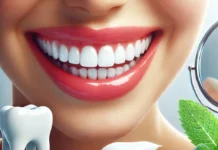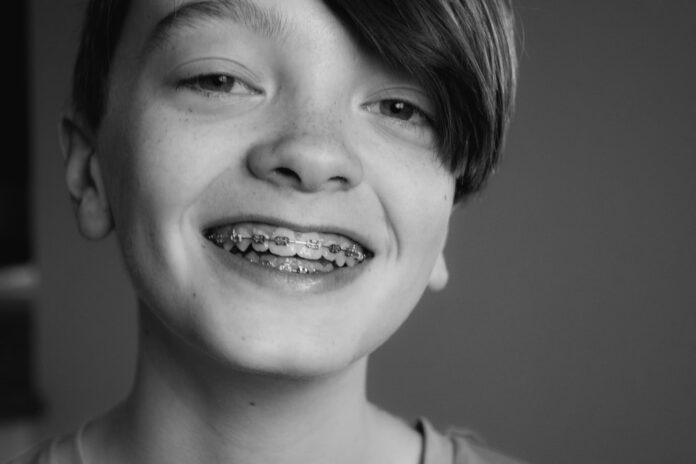
Straight teeth aren’t just important for appearances. Straight teeth are easier to keep clean and allow for a healthy bite. Having a set of healthy, straight teeth will also do a lot to help your child’s self-esteem as they grow.
During childhood, a lot is at stake regarding your child’s teeth. While your child’s baby teeth are falling out and their adult teeth start coming in, there’s lots of room for error. While crooked teeth can be genetic, they can also be caused by bad habits. Poor dental hygiene can also compound the problem.
Irregular or crooked teeth can lead to discomfort, trouble eating, or even more serious tooth problems later on.
If your child’s teeth are becoming overcrowded, you should consider getting them fitted for braces. A good dentist will probably recommend braces. However, the sooner you identify teeth problems in your child, the quicker the problem can be fixed. But how can you know if your child needs braces? Let’s discuss five signs that should have you running to the orthodontist.
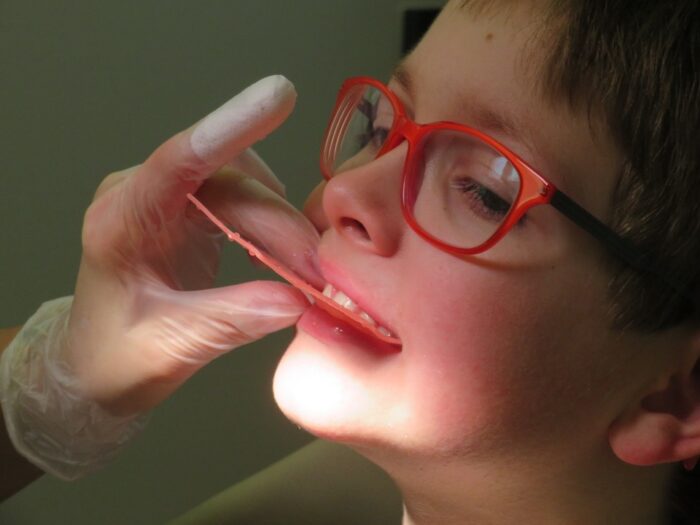
When Should I Take My Child to the Dentist?
Your child should have their first visit to the dentist by no later than seven years of age. Regular dentist visits are especially important between the ages of eight to fourteen. At this age, your child’s teeth are growing into place rapidly, and this is when problems like overcrowding can first appear.
A child of this age will have some of their adult teeth – so any problems could be permanent.
Signs that Your Child Needs Braces
There are several signs for a parent to watch out for. Remember, your child might not particularly like the idea of wearing braces, so they might not talk to you about any teething difficulties. Since overcrowding can happen gradually, your child also might not notice any problems. For example, difficulty when eating and chewing can become your child’s new norm. They might not think of mentioning their problems to you.
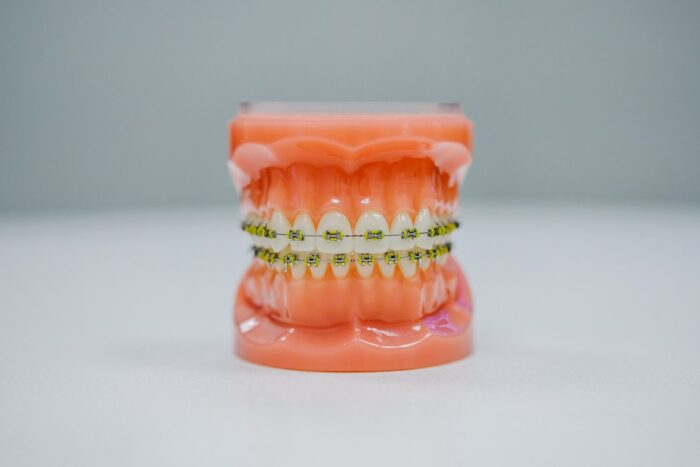
1. Overcrowded teeth
The most obvious sign that your child needs braces is visibly overcrowded teeth. This means that there isn’t enough room in the mouth for your child’s teeth. The teeth might overlap or crowd against each other. It can cause problems when the adult teeth start to come through since there’s no room for your child’s larger teeth to fit.
Your child might complain about discomfort when eating, lisping, mouth breathing, or more. Overcrowded teeth are often visually crowded together. As your child gets older, they may even start to feel self-conscious about their teeth. They might avoid smiling or smile with their lips closed. Braces may not be the most attractive solution but they will straighten out the teeth.
2. Mouth breathing
The danger of mouth breathing is that the jaw hangs, and over time can become narrower than it should be. This is a problem when very young children get into the habit of mouth breathing and continue the habit for years. Sinus blockages, frequent colds, or even breathing difficulties can cause a child to start breathing through their mouth.
Once a habit of mouth-breathing has been formed, it can be difficult to get rid of. Persistent mouth breathing can lead to overcrowded teeth in later years.
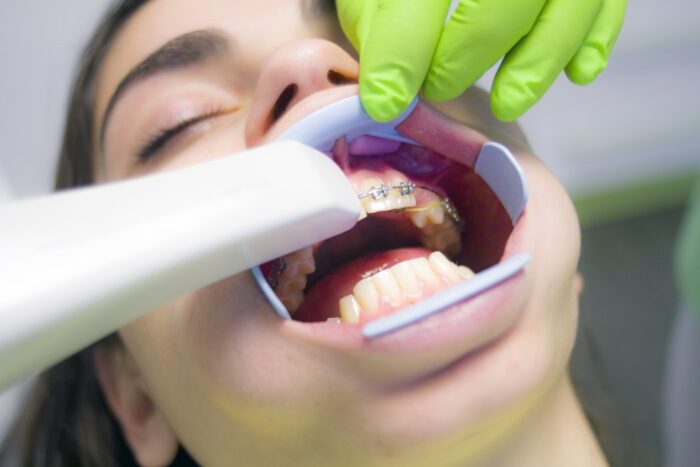
3. Misaligned jaw
If the teeth are overcrowded, a child’s jaw may not align properly. A misaligned jaw will cause problems with eating and drinking, as well as causing discomfort. Your child may even frequently bite their tongue and cheek.
A misaligned jaw can also be caused by other unrelated issues. However, it does mean that as your child grows, their teeth won’t fit together properly. Rubbing and clashing of teeth can lead to your child’s adult teeth growing crooked. This can also compound the misaligned jaw.
Try and keep an eye out for your child chewing strangely, or complaining of accidentally biting themselves on their tongue or cheek.
4. Thumb sucking
While thumb sucking is often seen as a harmless, childish pastime, it can cause serious damage to growing teeth. Regular thumb sucking can cause teeth to warp as they grow, sticking outwards as if around a thumb.
Lots of children suck their thumbs. It’s only really a problem if your child is still sucking their thumb as their adult teeth are growing in.
The “thumb-sucking effect” can also be caused by prolonged or excessive use of a dummy or pacifier. While most children stop using a pacifier as soon as possible, some children still use a pacifier past their toddling years and into early childhood. It’s often a comforting practice, but it can warp baby teeth and even growing adult teeth.
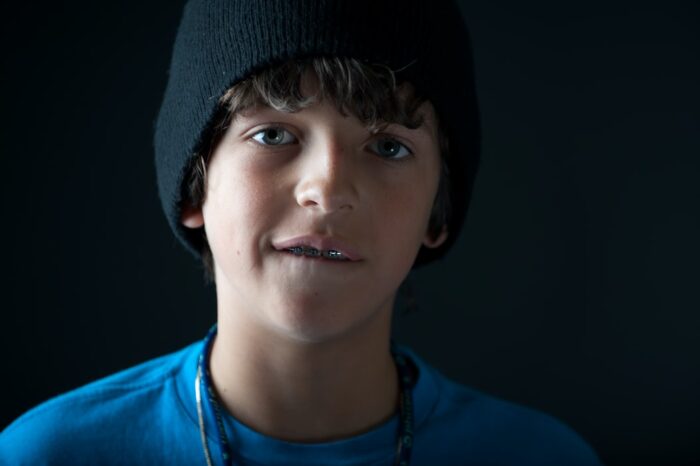
5. Losing baby teeth too early or too late
Both early and late teeth loss cause the same problem: teeth misalignment. Losing baby teeth too early can cause adult teeth to arrive too soon, and losing baby teeth too late will push adult teeth out of place.
An overcrowded jaw can also mean that baby teeth don’t fall out when they should. This can cause the adult teeth to come out of the side of the gums, or even get stuck.
When to See a Dentist
If you think your child needs braces, you should consult an orthodontist. Since the braces will be a big part of your child’s life for several years, choose your dentist wisely. Ideally, go for dentists such as www.mehtaorthodontics.com.au, who have experience dealing with children and teens.
The quicker you identify signs that your child needs braces, the sooner they can get treated. Realigning a child’s teeth is easier than dealing with an adult’s crooked teeth. If your child doesn’t seem enthusiastic about getting braces, try and help them see the bigger picture. Remind them that wearing braces for a little while will give them a lifetime of straight teeth.
In the meantime, take extra precautions to keep crooked teeth clean. Areas of crooked teeth can easily be missed during brushing and flossing. Ask your dentist for advice.

